This post was initially written in 2019. Hard to believe it was so long ago. We recently (June 2024) visited Japan and everyone in our group used a Wise card with no issues. Even when we were hiking we came across other tourists that used the card. So safe to say that nearly 6 years later I’m still a big fan of this nifty little FinTech that is still going strong.
The Best Travel Debit Card for Your Japan Travels
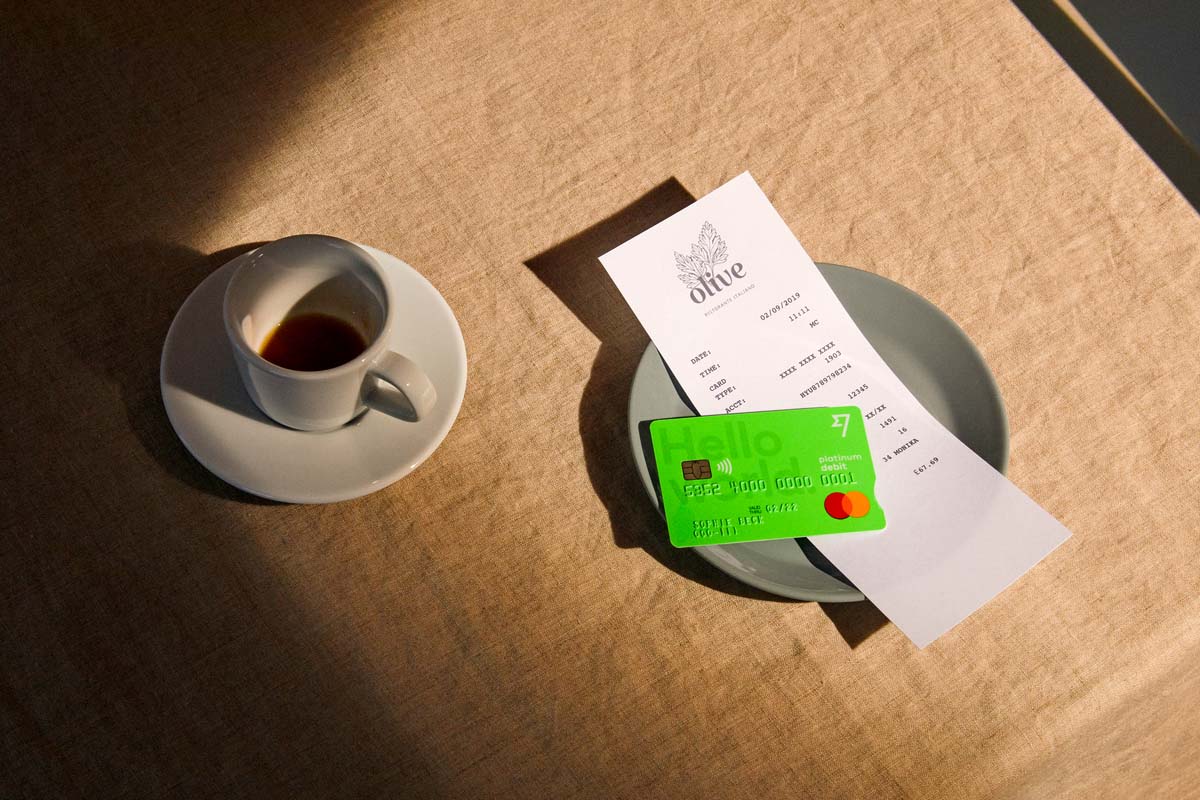
What exactly is Wise?
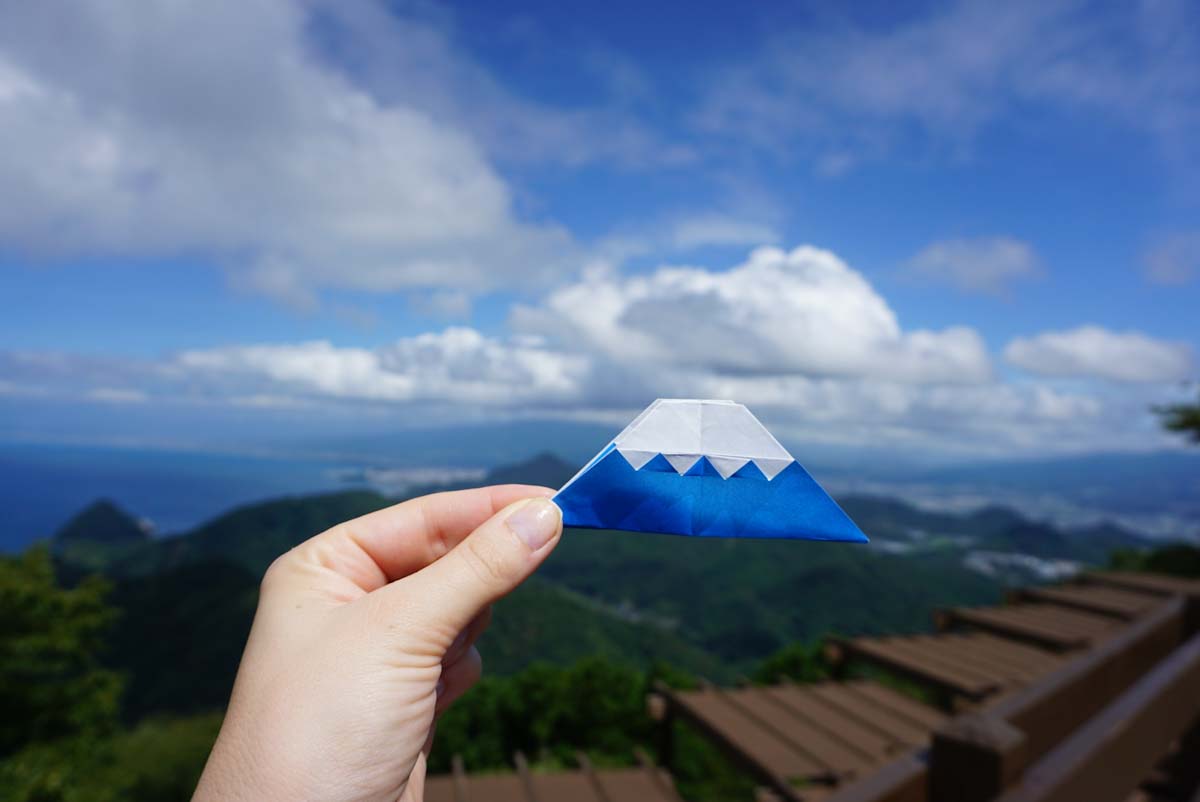
Where to get Yen when you are travelling in Japan?
Do you need to tip when travelling in Japan?
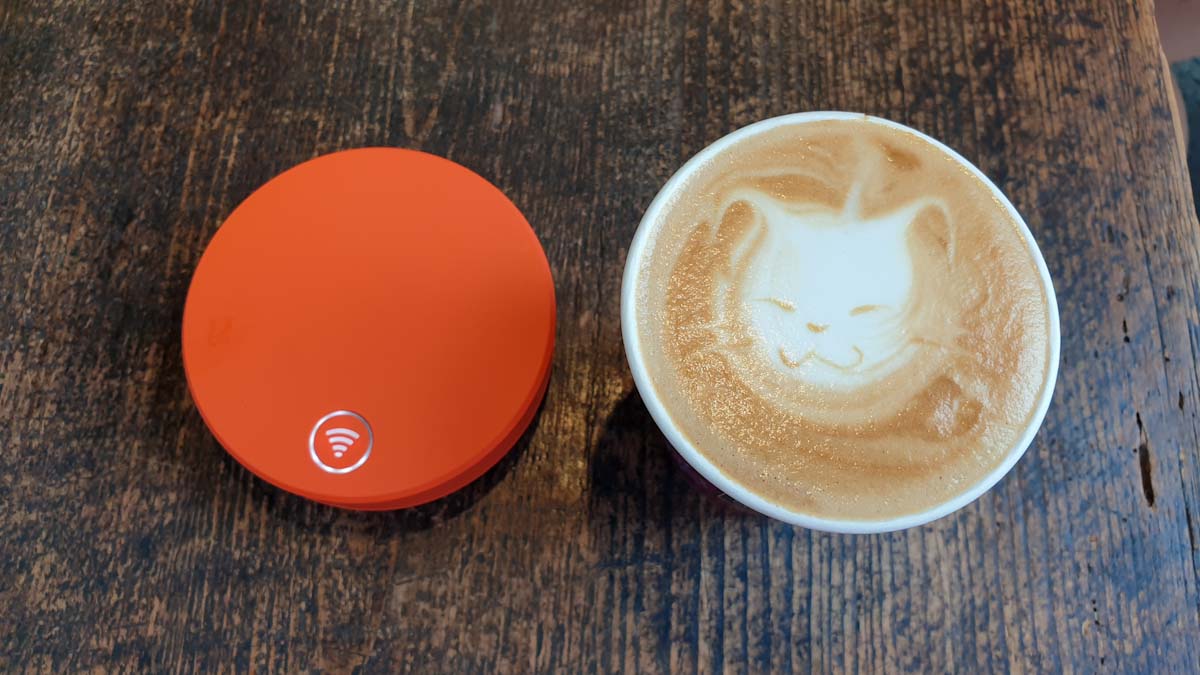
The only times that it is acceptable to tip in Japan
If you need to buy things and don’t want the hassle of the shops did you know that Amazon Japan can deliver to your hotel or a local combini where you can pay on collection? I also had to do this when my Samsung screen protector was destroyed and there was no where else to get a new one.
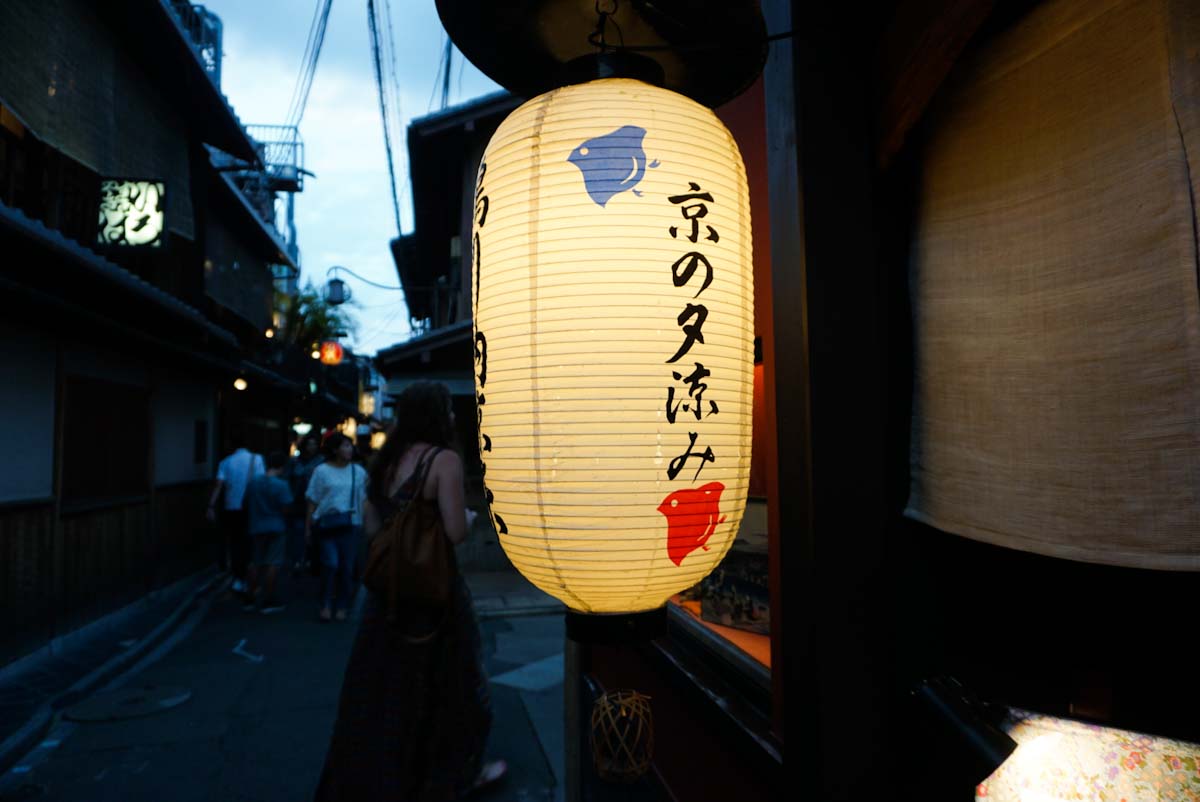
The mystery Table Cover Charge in Japan
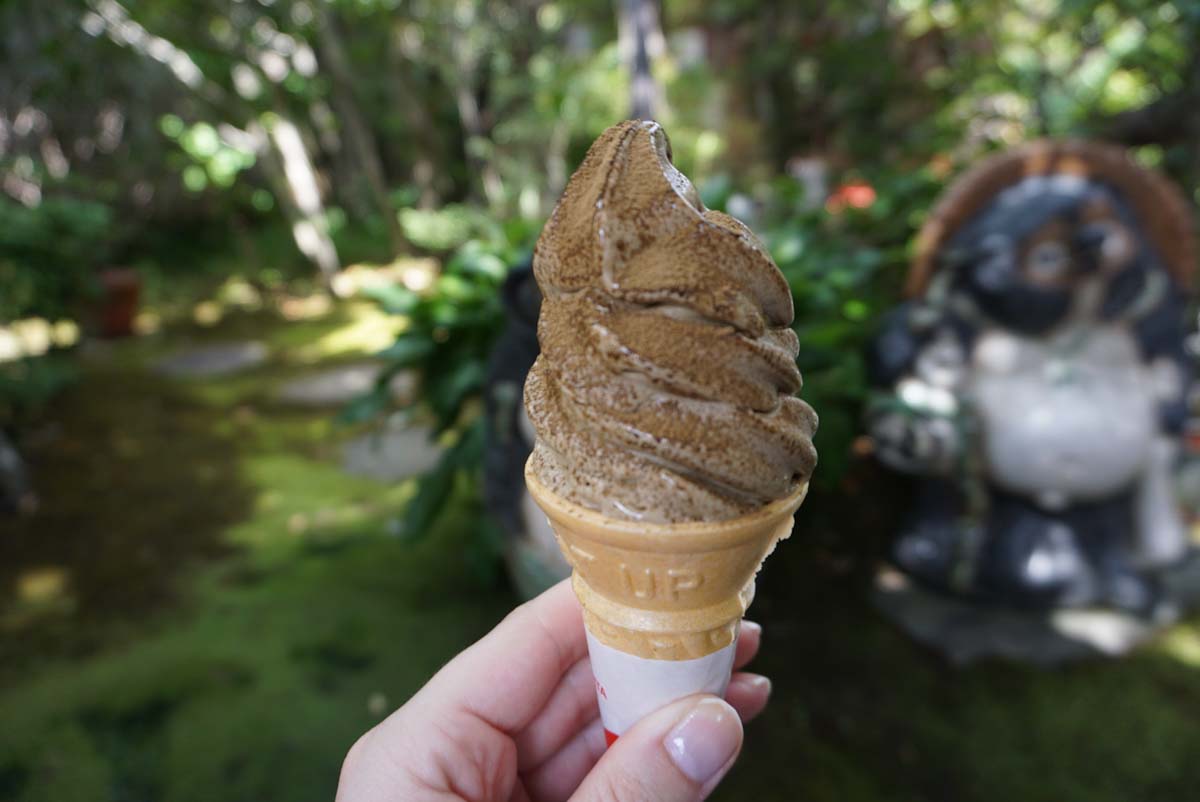
Pasmo, Suica or JR Pass – What is the most affordable way to get around Japan?
This is a tough question as it really does depend on where you want to go. I’ve not used a JR Pass on any of my trips. For example if you are considering doing a round trip from Tokyo-Osaka/Kyoto then for the Shinkansen tickets alone it’s cheaper to buy a JR Pass. But finding out the ins and outs of the JR Pass is an art form in itself.
If you are ready to buy your JR Pass then I’d suggest buying from Klook or Voyagin. These two sites are very safe and reliable to use. I’ve used both around different Asian countries and never had an issue. The reason I say to check both is that Klook commonly has sales and discounts. I’ve found Voyagin to have more reasonable pricing when Klook isn’t having a sale.
JR Pass – Klook
Personally for me I’m a Pasmo fan. This is a prepaid card, that can be topped up at any train station super easily. If you want to pre-purchase a Pasmo card before you arrive in Australia you can do so over at Klook. Otherwise the easiest way is to buy one at the train station. If you arrive at Narita Airport there are staff at the ticket machines to help you out.
Tip – The machines for topping up your IC card are available in English. And you can use these cards in 7-11s and vending machines.
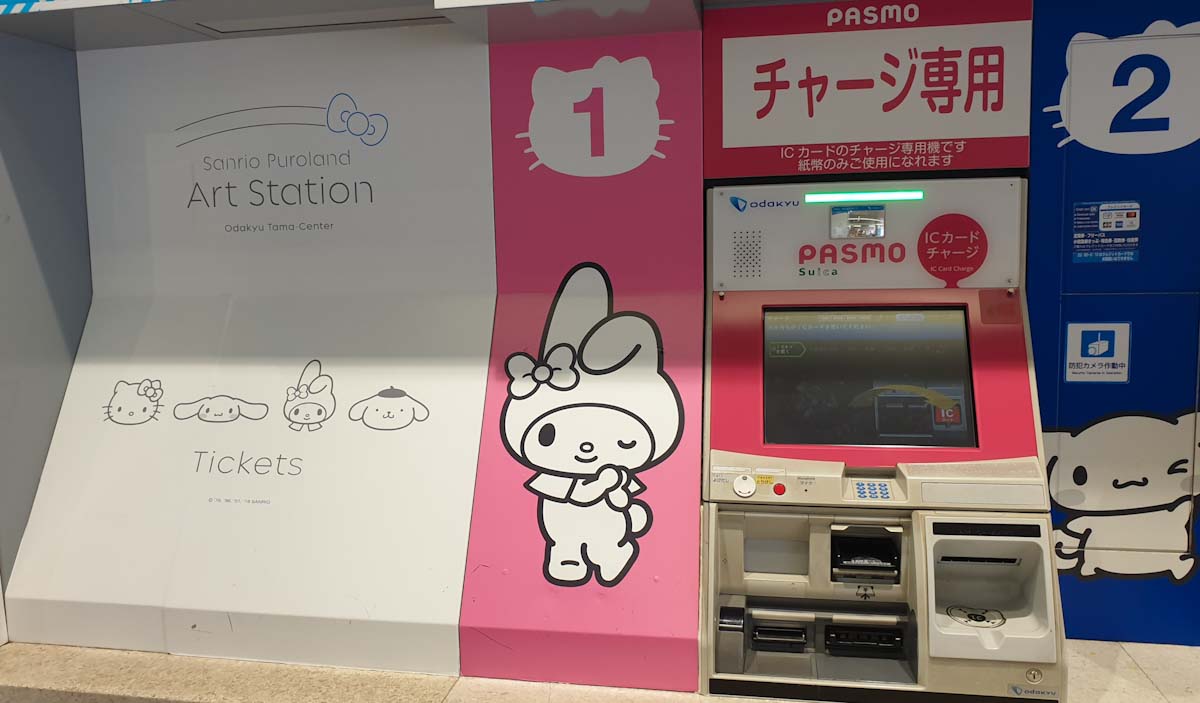
Final thoughts on managing your money in Japan


Jean
Founder, Principal Blogger & Coffee Drinker
Coffee Lover | Travel Blogger | Horse Rider | Adventure Racer | Donut Dame.
Generally nice lady-enjoys wine, indie movies & random dance parties in my tent.
Just a teeny tiny note on affiliate links – We are a participant in the Amazon Services LLC Associates Program, an affiliate program designed to provide a means for us to earn fees by linking to Amazon.com and affiliated sites. We’re also a member of a few others and may make a bit of coin on the side, this is at no extra cost to you.
We also have an Amazon Shop. Why not take a look? Shop Traveling Honeybird Amazon lists today


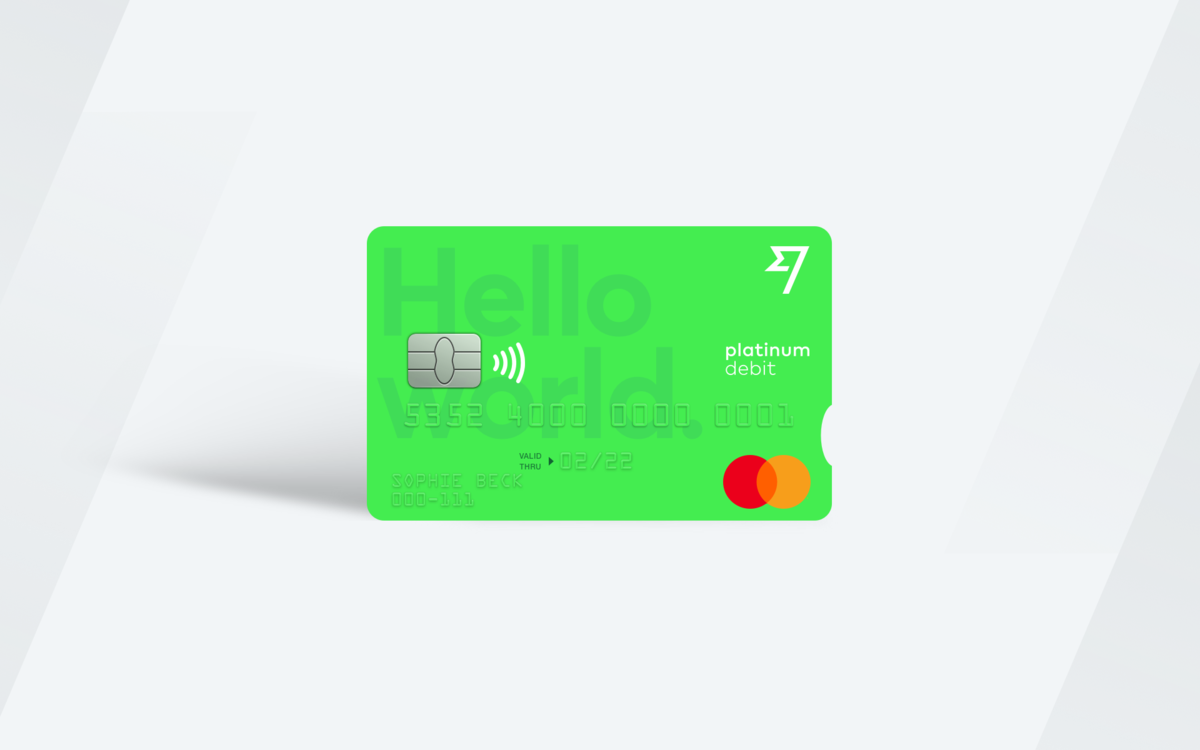


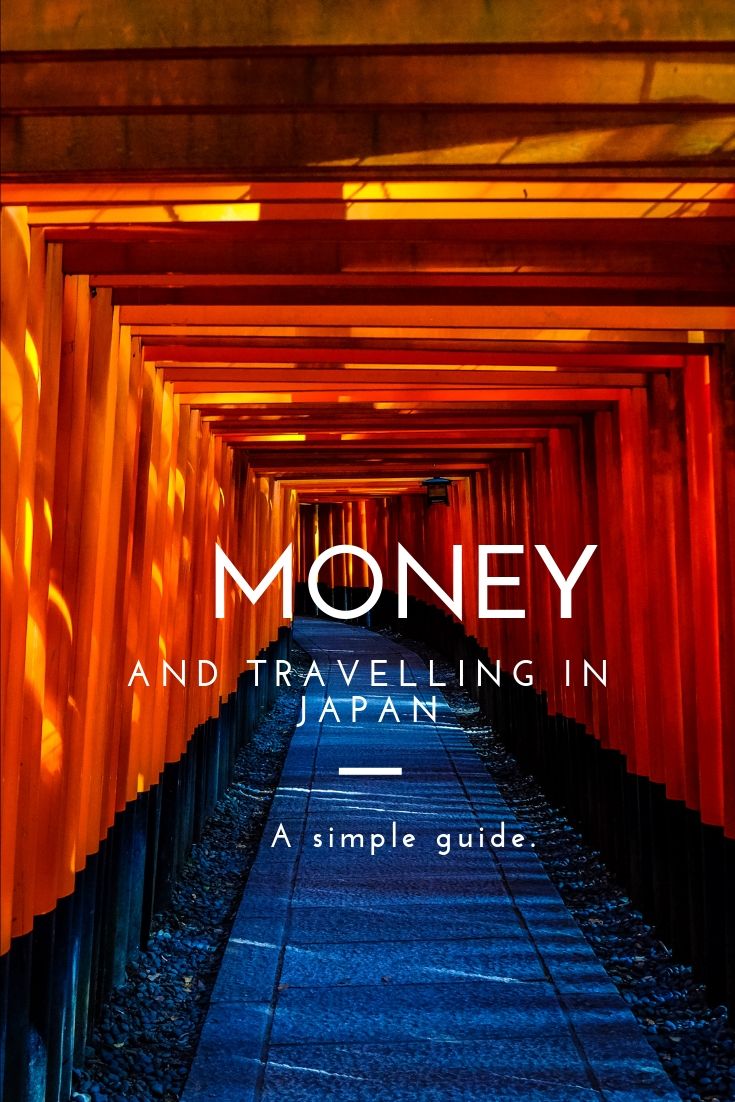


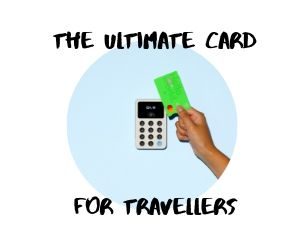


Thanks so much for the tips! I also use the Wise card for fee-free ATM withdrawals, and apps like ATM Fee Saver and iOverlander are great for finding no-fee ATMs and budget-friendly restaurants there.
Good article, but this font is amazing
This is so handy for me, I’ve never been to Japana and will get there some day, but need to skill up. I have a Transferwise borderless account and just got a debit card for it, not a platinum one… have only got UK pounds in there so far. Currently in Fiji and will be spending a fortune on bank fees, sadly.
I love these culturally insightful tips! I often travel to Bali which has eftpos machines and atm’s everywhere. Compared to Japan, Bali is still a developing country … I would have received an awful fright on my first visit to Japan if I hadn’t read this, so thanks heaps!